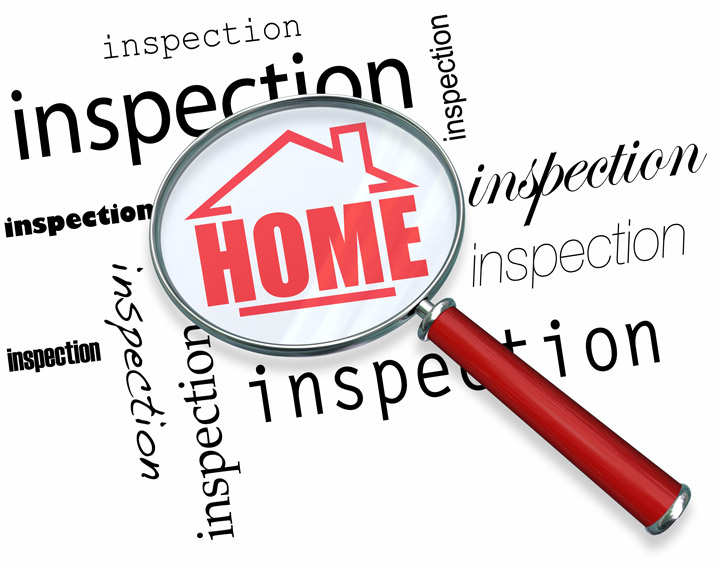
What Is an Appraisal?Buying real estate can be the most important investment many of us will ever encounter. It doesn't matter if where you raise your family, a seasonal vacation property or an investment, the purchase of real property is an involved financial transaction that requires multiple parties to pull it all off. It's likely you are familiar with the parties having a role in the transaction. The most recognizable person in the transaction is the real estate agent. Next, the lender provides the financial capital necessary to bankroll the transaction. And ensuring all details of the transaction are completed and that the title is clear to pass to the buyer from the seller is the title company. So, who makes sure the real estate is worth the amount being paid? In comes the appraiser. We provide an unbiased estimate of what a buyer might expect to pay — or a seller receive — for a property, where both buyer and seller are informed parties. A licensed, certified, professional appraiser from ASAP Appraisal Group will ensure, you as an interested party, are informed. The inspection is where an appraisal startsTo ascertain the true status of the property, it's our responsibility to first conduct a thorough inspection. We must actually view features, such as the number of bedrooms and bathrooms, the location, living areas, etc, to ensure they really are there and are in the condition a typical person would expect them to be. The inspection often includes a sketch of the property, ensuring the square footage is accurate and illustrating the layout of the property. Most importantly, we identify any obvious features - or defects - that would have an impact on the value of the property. Following the inspection, we use two or three approaches to determining the value of real property: sales comparison and, in the case of a rental property, an income approach. 
Replacement CostThis is where the appraiser gathers information on local construction costs, labor rates and other elements to ascertain how much it would cost to construct a property comparable to the one being appraised. This value commonly sets the maximum on what a property would sell for. It's also the least used method. 
Paired Sales AnalysisAppraisers get to know the neighborhoods in which they work. They innately understand the value of certain features to the homeowners of that area. Then, the appraiser looks up recent transactions in the vicinity and finds properties which are 'comparable' to the subject being appraised. By assigning a dollar value to certain items such as square footage, additional bathrooms, hardwood floors, fireplaces or view lots (just to name a few), we adjust the comparable properties so that they more accurately portray the features of subject.
After all differences have been accounted for, the appraiser reconciles the adjusted sales prices of all the comps and then derives an opinion of what the subject could sell for. At ASAP Appraisal Group, we are an authority in knowing the worth of particular items in Lakeland and Polk County neighborhoods. The sales comparison approach to value is most often given the most importance when an appraisal is for a real estate purchase. Valuation Using the Income ApproachIn the case of income producing properties - rental houses for example - we may use an additional approach to value. In this case, the amount of revenue the property produces is taken into consideration along with income produced by similar properties to derive the current value. Putting It All TogetherExamining the data from all approaches, the appraiser is then ready to document an estimated market value for the subject property. Note: While this amount is probably the most reliable indication of what a house is worth, it may not be the final sales price. There are always mitigating factors such as seller motivation, urgency or 'bidding wars' that may adjust an offer or listing price up or down. But the appraised value is typically used as a guideline for lenders who don't want to loan a buyer more money than they could recover in the event they had to sell the property again. Here's what it all boils down to, an appraiser from ASAP Appraisal Group will guarantee you get the most fair and balanced property value, so you can make the most informed real estate decisions. |